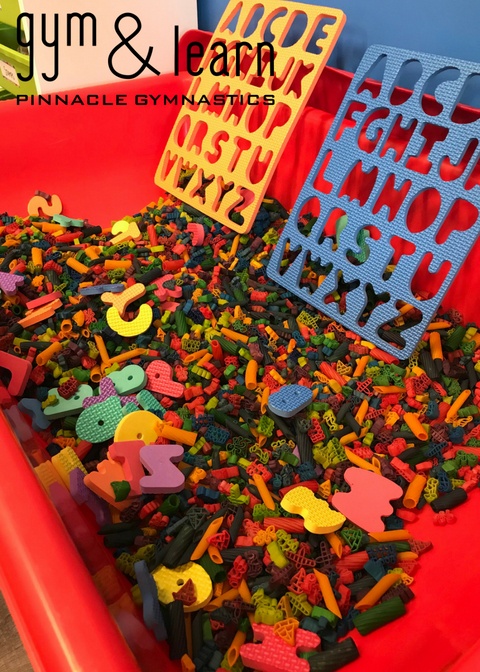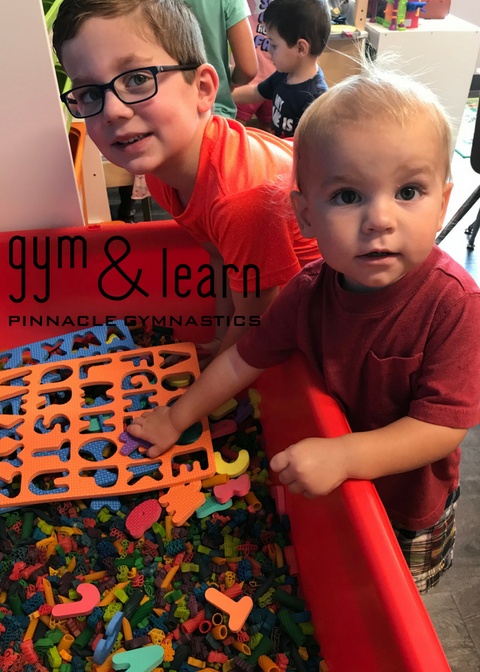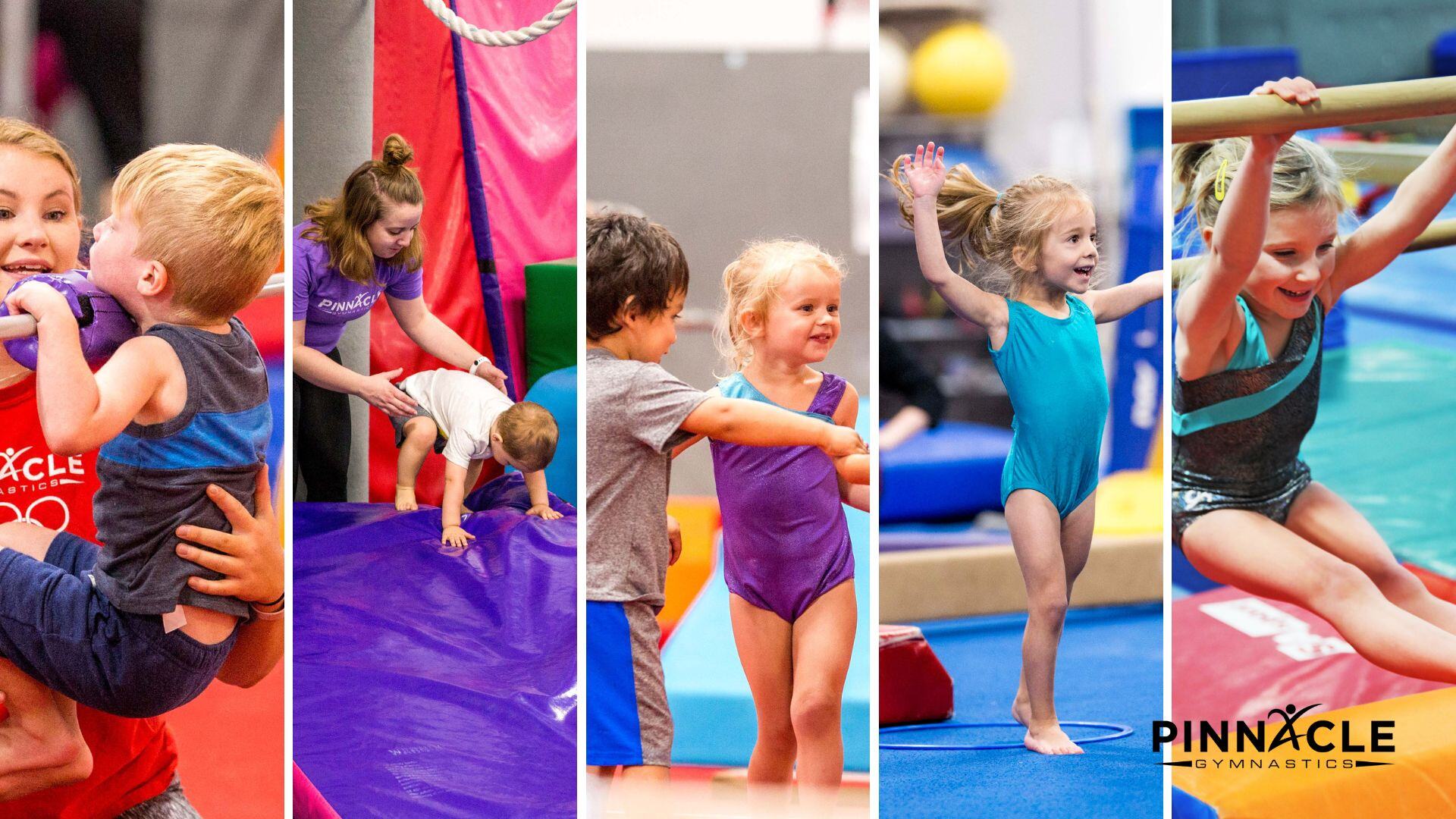The Importance of the Sensory Table
While messy, the sensory table is one of the most popular areas of the Preschool classroom! It is a fun, interactive area that allows for children to explore and learn in a child geared way. It is important to remember that, while a fun activity, the sensory table plays an important role in child development.
 Child Development in Five Different Areas Through the Sensory Table
Child Development in Five Different Areas Through the Sensory Table
The sensory table helps in child development in five different areas. It is a multi-important use tool of the preschool classroom:
- Sensory Exploration- The sensory table allows for various items to be introduced to the children to stimulate all five of the senses. The sensory aspect can also have a calming effect on some children, allowing them to de-stimulate themselves as well.
- Mathematical Learning- Higher mathematical concepts can be introduced in the table. Allowing children to explore with various containers and items assist in introducing the concepts of volume, measuring, and many more.
- Scientific Concepts- Science is all about prediction and exploration and the sensory table allows for just that. The table can be tailored to fit the exact scientific concept you are looking for.
- Social Skills- The sensory table is a wonderful chance for students to interact with each other, allowing for their social skills to be developed within their peers. It also allows for new concepts and vocabulary words to be introduced in a fun, interactive way.
- Creativity- The items in the table allow for open ended play, with is crucial for overall development. The children are able to take various items and work through the process to find an end product
What the Teacher Needs to Remember for the Sensory Table
 The preschool teacher needs to be mindful when setting up the sensory table in their classroom. First and foremost, they need to have a plan for activities and storage. Sensory tables can take up quite a bit of space, and it can be difficult to store all of the items needed to mix up the sensory table. Once the table is established, the teacher will need to come up with unique, theme fitting items that allow for exploration and encourage the children to try something new. Each week should be a different concept; from sorting and matching, to sensory exploration and development. Lastly, teachers will need to make sure items are safe for all ages, whether teaching two year old preschool or preparing kids for kindergarten. In the classroom, monitor the area to secure a safe, fun place for learning.
The preschool teacher needs to be mindful when setting up the sensory table in their classroom. First and foremost, they need to have a plan for activities and storage. Sensory tables can take up quite a bit of space, and it can be difficult to store all of the items needed to mix up the sensory table. Once the table is established, the teacher will need to come up with unique, theme fitting items that allow for exploration and encourage the children to try something new. Each week should be a different concept; from sorting and matching, to sensory exploration and development. Lastly, teachers will need to make sure items are safe for all ages, whether teaching two year old preschool or preparing kids for kindergarten. In the classroom, monitor the area to secure a safe, fun place for learning.
Great Sensory Table Ideas for the Classroom and at Home
Looking for some fantastic ideas? Once you purchase a sensory table for your classroom, the ideas are endless and can be tailored for any theme. Some basics in the classroom include:
Beans, sand, colored rice and pasta, play-doh, water, water beads, and so much more!
The sensory table has become a highlight in the classroom for both students and teachers. It is one of the most versatile centers in the classroom and allows for endless creativity. The table allows for development in all aspects of the child. With a little bit of time and creativity, the sensory table can quickly become the highlight of the preschool classroom!
Happy Learning!
Kirsten Conrad
Gym and Learn Director





